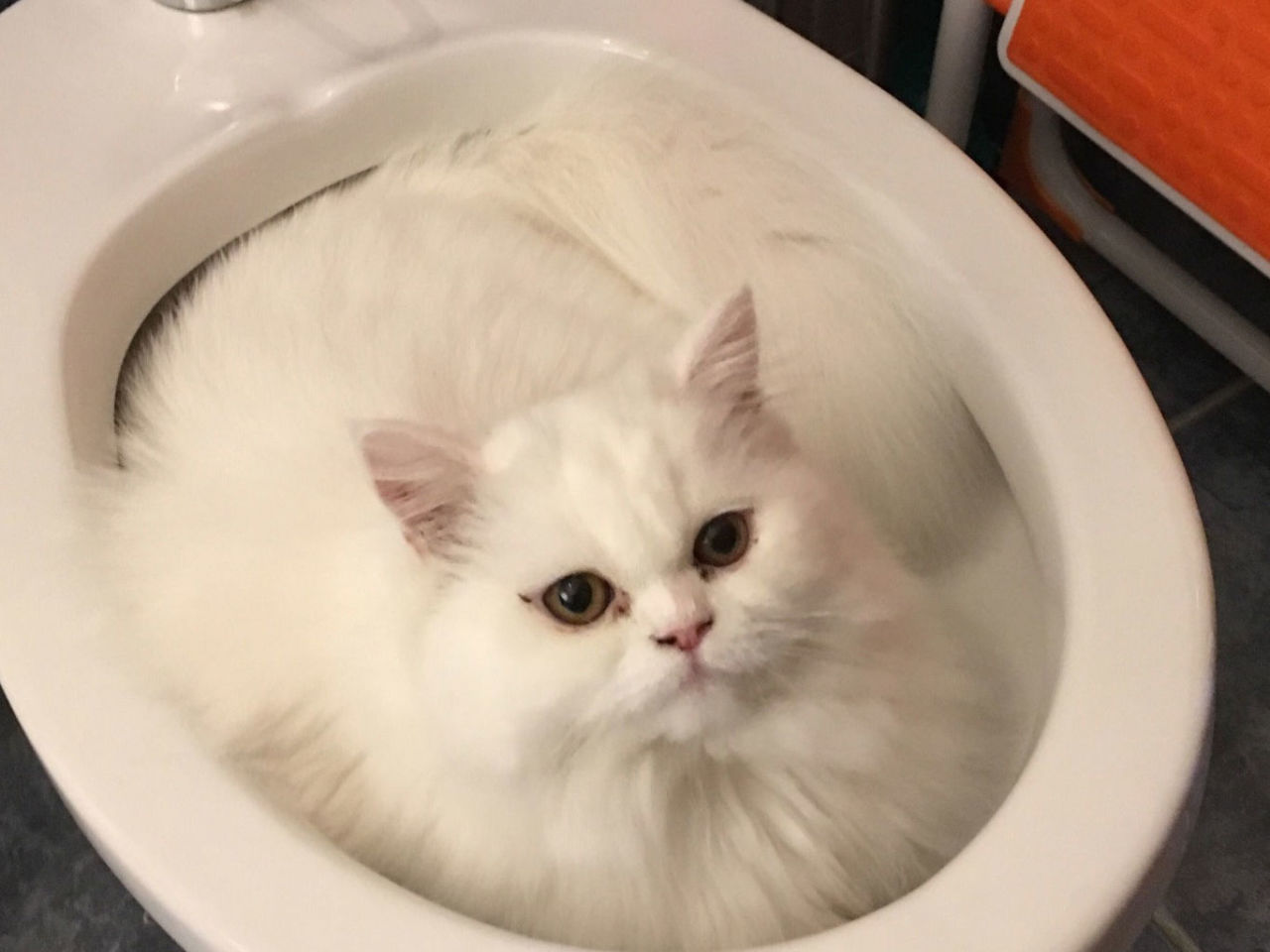The Dangers of Flushing Cat Poop Down Your Toilet - Advice for Safer Handling
The Dangers of Flushing Cat Poop Down Your Toilet - Advice for Safer Handling
Blog Article
How do you actually feel in regards to Don’t flush cat feces down the toilet?

Introduction
As pet cat proprietors, it's essential to be mindful of exactly how we get rid of our feline good friends' waste. While it might appear hassle-free to purge pet cat poop down the commode, this method can have destructive consequences for both the environment and human health.
Environmental Impact
Purging pet cat poop introduces hazardous pathogens and bloodsuckers into the supply of water, posing a substantial danger to aquatic ecological communities. These pollutants can adversely affect marine life and concession water quality.
Health and wellness Risks
In addition to environmental concerns, flushing pet cat waste can also posture health dangers to human beings. Cat feces may consist of Toxoplasma gondii, a bloodsucker that can create toxoplasmosis-- a possibly serious illness, specifically for expecting women and individuals with damaged body immune systems.
Alternatives to Flushing
Fortunately, there are much safer and a lot more accountable methods to take care of feline poop. Think about the complying with options:
1. Scoop and Dispose in Trash
The most typical method of throwing away feline poop is to scoop it right into an eco-friendly bag and toss it in the trash. Make certain to utilize a specialized litter inside story and throw away the waste promptly.
2. Usage Biodegradable Litter
Choose biodegradable pet cat litter made from products such as corn or wheat. These trashes are environmentally friendly and can be securely thrown away in the trash.
3. Hide in the Yard
If you have a backyard, consider hiding feline waste in a marked area far from vegetable gardens and water resources. Make certain to dig deep sufficient to prevent contamination of groundwater.
4. Set Up a Pet Waste Disposal System
Buy a pet garbage disposal system especially made for cat waste. These systems utilize enzymes to break down the waste, minimizing smell and environmental impact.
Verdict
Responsible family pet possession prolongs past giving food and sanctuary-- it likewise includes correct waste management. By refraining from flushing feline poop down the commode and selecting different disposal methods, we can lessen our ecological footprint and secure human health and wellness.
Why Can’t I Flush Cat Poop?
It Spreads a Parasite
Cats are frequently infected with a parasite called toxoplasma gondii. The parasite causes an infection called toxoplasmosis. It is usually harmless to cats. The parasite only uses cat poop as a host for its eggs. Otherwise, the cat’s immune system usually keeps the infection at low enough levels to maintain its own health. But it does not stop the develop of eggs. These eggs are tiny and surprisingly tough. They may survive for a year before they begin to grow. But that’s the problem.
Our wastewater system is not designed to deal with toxoplasmosis eggs. Instead, most eggs will flush from your toilet into sewers and wastewater management plants. After the sewage is treated for many other harmful things in it, it is typically released into local rivers, lakes, or oceans. Here, the toxoplasmosis eggs can find new hosts, including starfish, crabs, otters, and many other wildlife. For many, this is a significant risk to their health. Toxoplasmosis can also end up infecting water sources that are important for agriculture, which means our deer, pigs, and sheep can get infected too.
Is There Risk to Humans?
There can be a risk to human life from flushing cat poop down the toilet. If you do so, the parasites from your cat’s poop can end up in shellfish, game animals, or livestock. If this meat is then served raw or undercooked, the people who eat it can get sick.
In fact, according to the CDC, 40 million people in the United States are infected with toxoplasma gondii. They get it from exposure to infected seafood, or from some kind of cat poop contamination, like drinking from a stream that is contaminated or touching anything that has come into contact with cat poop. That includes just cleaning a cat litter box.
Most people who get infected with these parasites will not develop any symptoms. However, for pregnant women or for those with compromised immune systems, the parasite can cause severe health problems.
How to Handle Cat Poop
The best way to handle cat poop is actually to clean the box more often. The eggs that the parasite sheds will not become active until one to five days after the cat poops. That means that if you clean daily, you’re much less likely to come into direct contact with infectious eggs.
That said, always dispose of cat poop in the garbage and not down the toilet. Wash your hands before and after you clean the litter box, and bring the bag of poop right outside to your garbage bins.
https://trenchlesssolutionsusa.com/why-cant-i-flush-cat-poop/

I'm very eager about Can You Flush Cat Poo or Litter Down the Toilet? and I am hoping you enjoyed the new entry. Are you aware of anybody else who is inquisitive about the niche? Do not hesitate to share it. I treasure reading our article about Can You Flush Cat Poop Down The Toilet?.
Course Detail Report this page